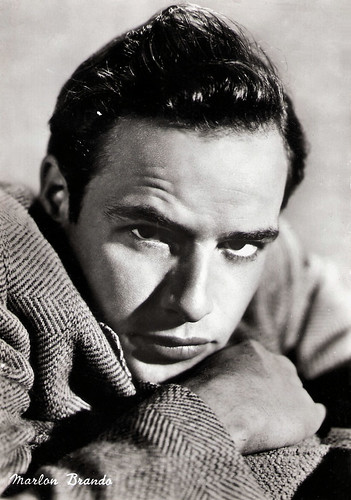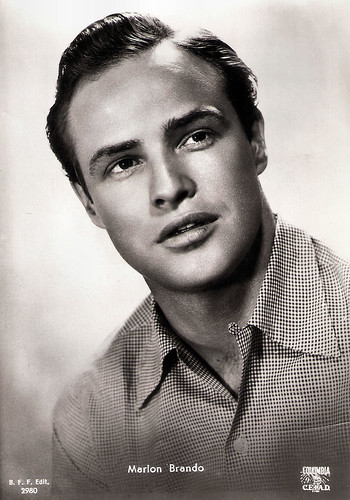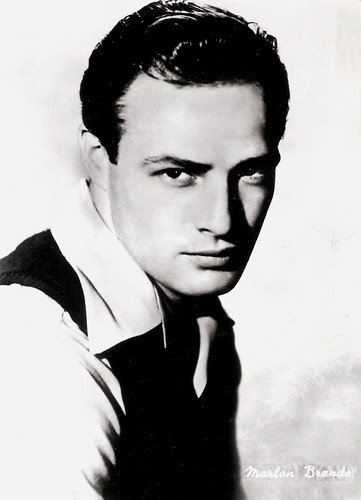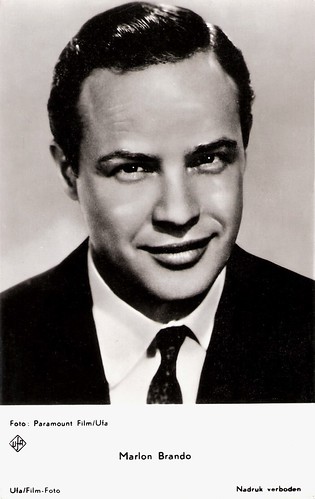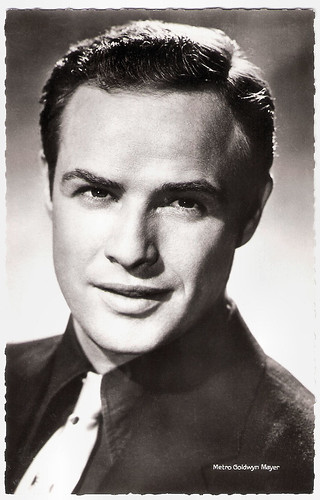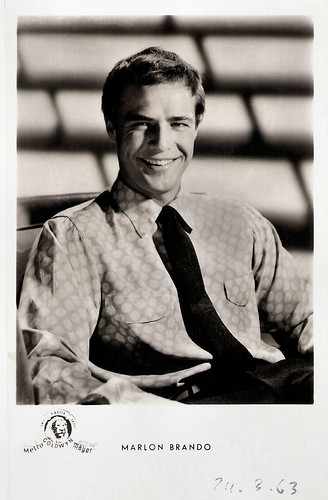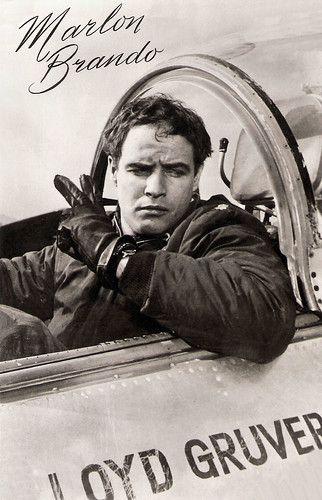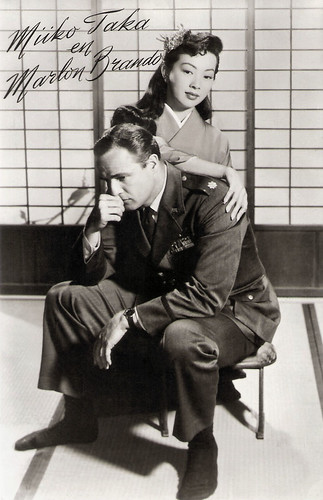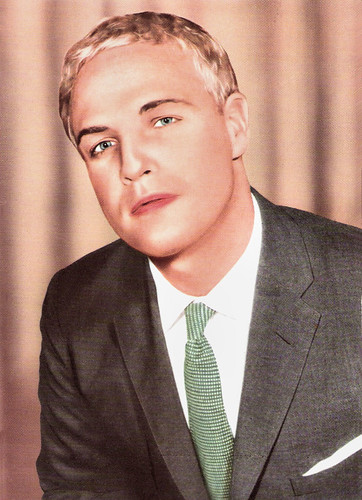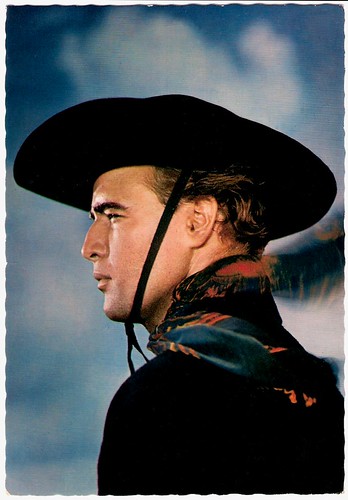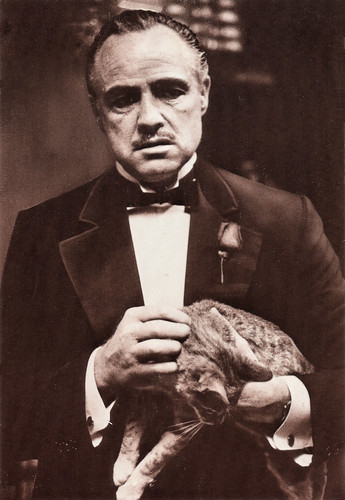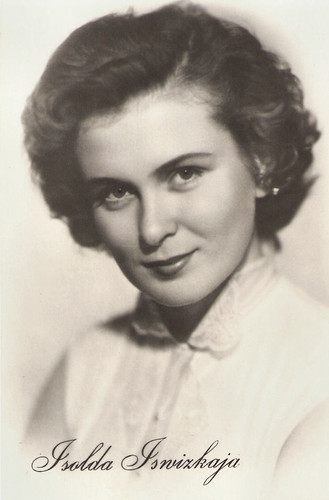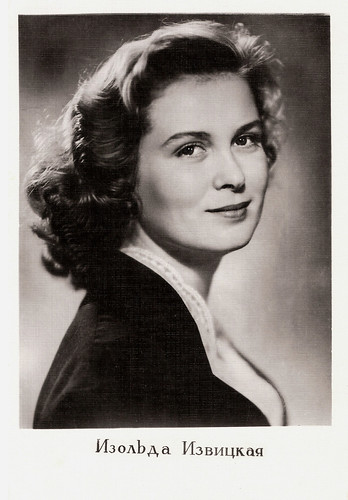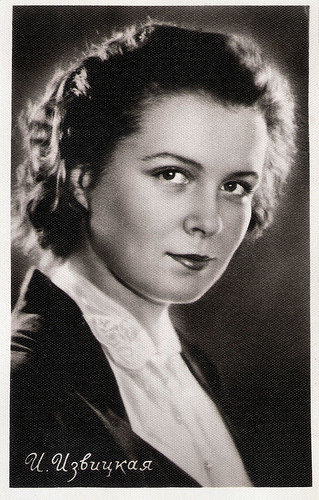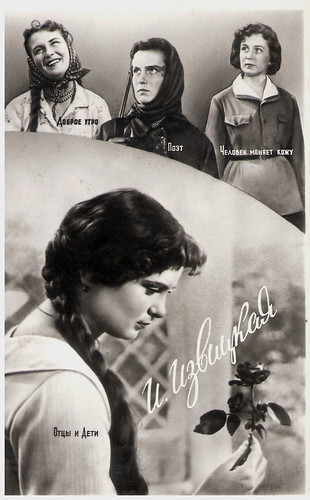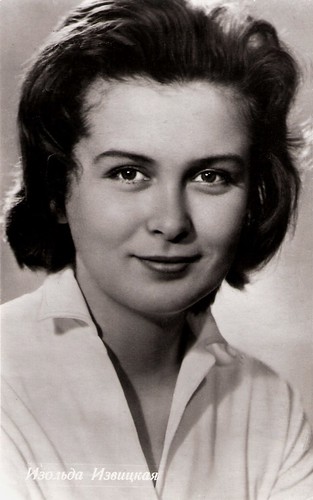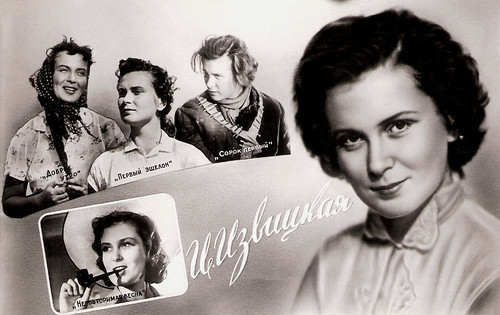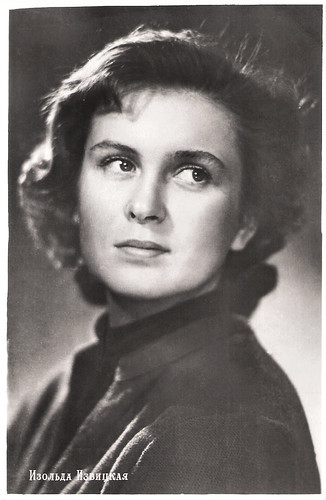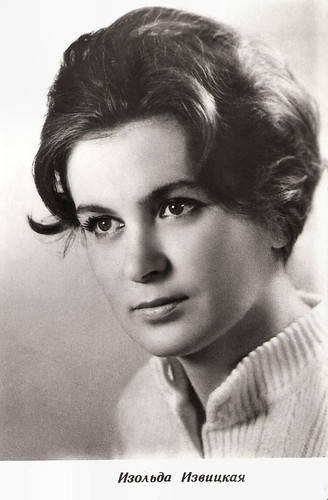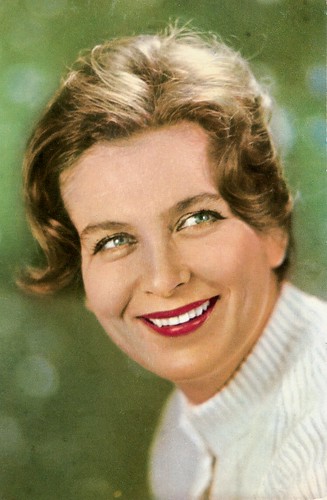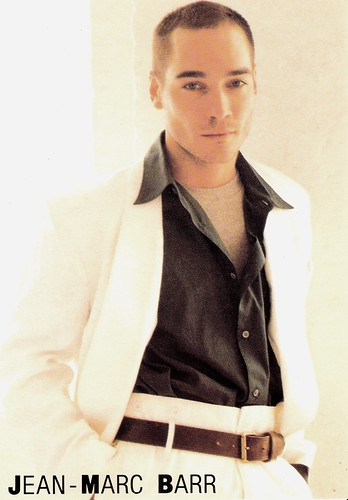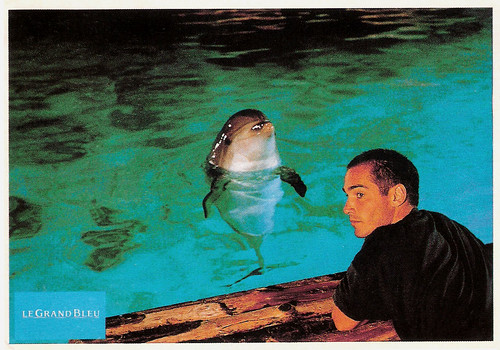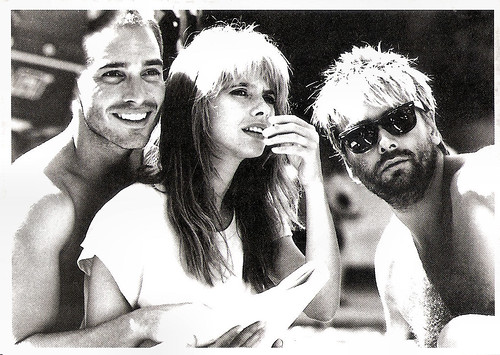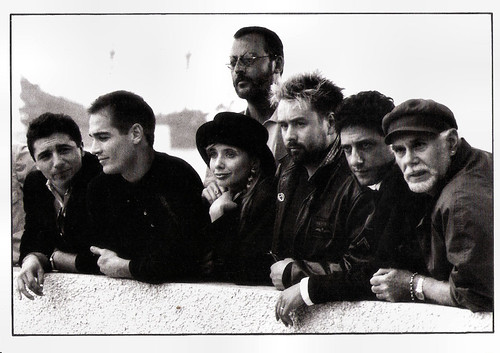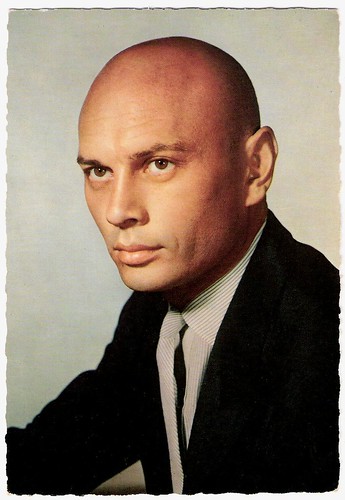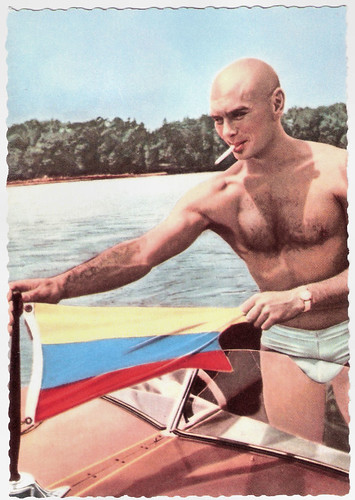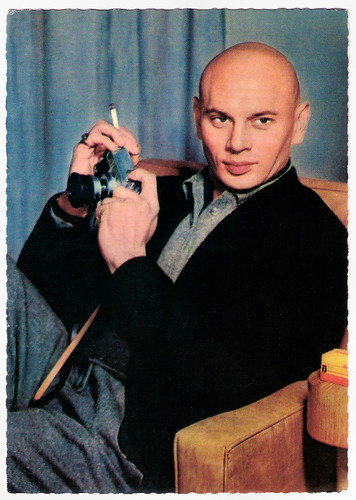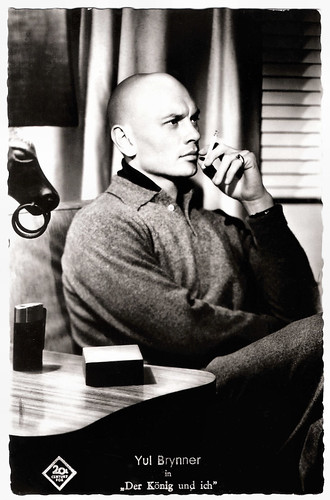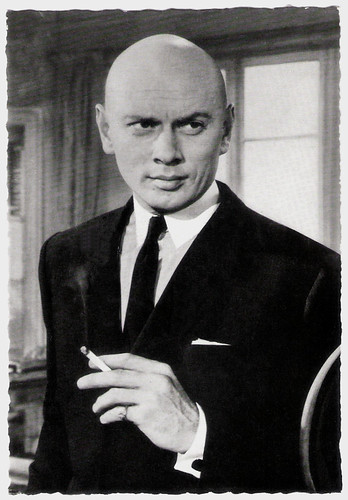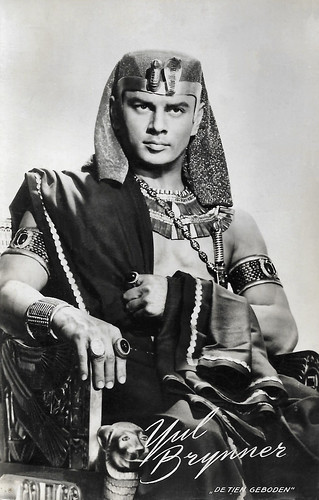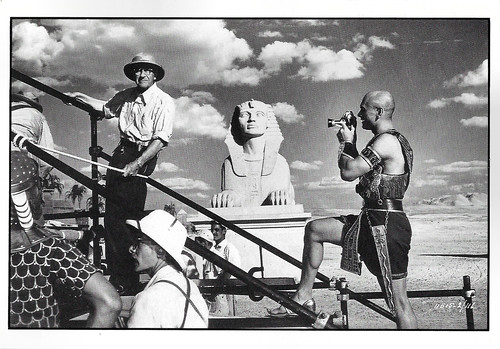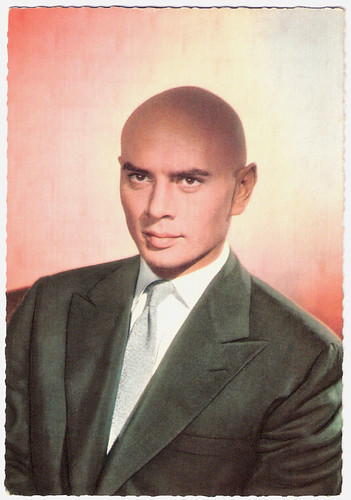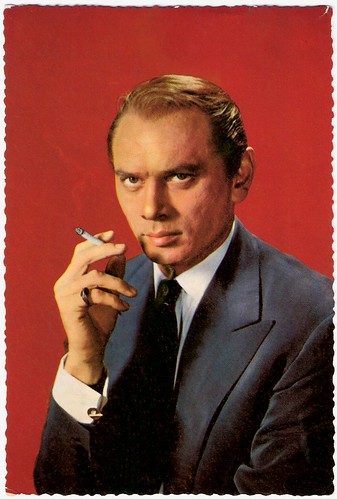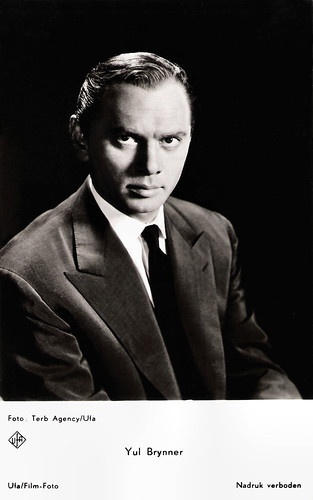Tall and handsome Thierry Lhermitte (1952) is one of France's most popular actors, writers, and producers, best known for his roles in comedies. In the 1970s, he was one of the founders of the comedy troupe Le Splendid. The group scored major successes with films such as Les Bronzés (1978). Later L’Hermitte had a phenomenal success in France with his comedies Les Ripoux (1984) and Le Dîner de Cons (1998).
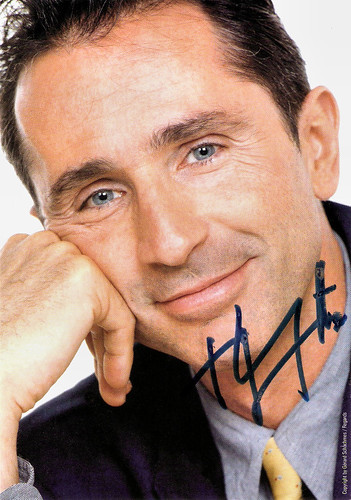
French autograph card.
Thierry Michel Lhermitte was born in Boulogne-Billancourt, France, in 1952. He was a founder of the comedy troupe Le Splendid in the 1970s, along with Christian Clavier, Gérard Jugnot, Michel Blanc, Josiane Balasko and others.
In 1973, he made his film debut in the cult comedy L'An 01/The Year 01 (Jacques Doillon, Alain Resnais, Jean Rouch, 1973), based on the eponymous comic strip by Gébé. He had a small part as a doorman in the hit Les Valseuses/Going Places (Bertrand Blier, 1974), starring Miou-Miou, Gérard Depardieu and Patrick Dewaere. Another small part followed in the historical drama Que la fête commence.../Let Joy Reign Supreme (Bertrand Tavernier, 1975) starring Philippe Noiret.
While he had major successes with Le Splendid in their café-théâtre, he continued to play small parts in interesting films like the dramas F comme Fairbanks (Maurice Dugowson, 1976|) starring Patrick Dewaere, and Des enfants gates/Spoiled Children (Bertrand Tavernier, 1977) with Michel Piccoli.
L’Hermitte had his breakthrough in the cinema with the comedy Les Bronzés/French Fried Vacation (Patrice Leconte, 1978). The film satirises life at holiday resorts such as Club Med. The troupe of Le Splendid, Josiane Balasko, Michel Blanc, Marie-Anne Chazel, Gérard Jugnot, Christian Clavier and L’Hermitte had written and created together the play 'Amours, Coquillages et Crustacés' on which the scenario for Les Bronzés was based,
Les Bronzés proved to be phenomenally popular in France, where it sold 2.2 million tickets during its initial theatrical release. It inspired a dedicated cult following and two sequels, also directed by Patrice Leconte: Les Bronzés font du ski/French Fried Vacation 2 (1979) and Les Bronzés 3: Amis pour la vie/Friends Forever (2006).
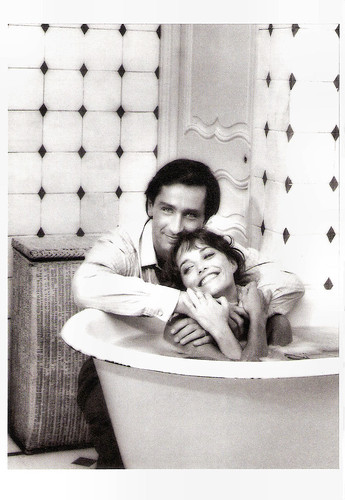
French postcard by Editions Marion Valentine, Paris, no. 232. Photo: Gilles Larrain. Publicity still for Until September (Richard Marquand, 1984) with Karen Allen.
In the early 1980s, Thierry L’Hermitte started to play bigger parts in other film genres. He appeared in the drama La Banquière/The Lady Banker (Francis Girod,1980), starring Romy Schneider, and in the comedy-drama Clara et les Chics Types (Jacques Monnet 1981) featuring Isabelle Adjani.
He starred in another filmed Splendid success, Le Père Noël est une ordure/Santa Claus Is a Stinker (Jean-Marie Poiré, 1982). He played Pierre, a stuffy, self-righteous volunteer at a telephone helpline for depressed people. He is stuck with his well-meaning but naive co-worker Thérèse (Anémone), with the Christmas Eve shift in the Paris office, much to their displeasure.
He also starred with Isabelle Huppert and Coluche in the comedy La Femme de mon pote/My Best Friend's Girl (Bertrand Blier, 1983).
L’Hermitte scored a big hit in France with the comedy Les Ripoux/My New Partner (Claude Zidi, 1984), as the new, idealistic partner of a streetwise Paris policeman (Philippe Noiret). Noiret sets out to corrupt his new partner and, after a slow start, succeeds spectacularly. Les Ripoux won the César Award for Best Film in 1985. Two sequels were later made: Ripoux contre Ripoux/My New Partner II (Claude Zidi, 1990) and Ripoux 3/Part-Time Cops (Claude Zidi, 2003).
L’Hermitte also appeared in the American romantic drama Until September (Richard Marquand, 1984), in which he played a French banker who falls in love with an American tourist (Karen Allen) in Paris. In Les Rois du gag (Claude Zidi, 1985), he and Gérard Jugnot played two gagmen without fame who were hired by a famous television comic (Michel Serrault). In Les 1001 Nuits/One Thousand and One Nights (Philippe de Broca, 1990) he co-starred as the evil king opposite Catherine Zeta-Jones as Sheherazade.
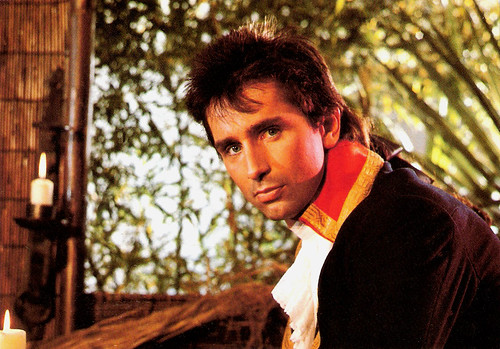
French postcard by Editions Photomania, Paris, no. G. 84. Photo: Jacques Prayer / Gamma. Publicity still for Les Rois du gag/The Gag Kings (Claude Zidi, 1985).
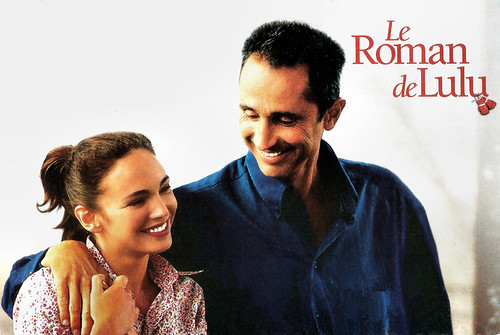
French promotion card. Photo: publicity still for Le Roman de Lulu (Pierre-Olivier Scotto, 2001) with Claire Keim.
Thierry L’Hermitte followed in the footsteps of Terence Hill as the partner of Bud Spencer in Un piede in paradise/Speaking of the Devil (Enzo Barboni, 1991). That year, he also starred in the French comedy La Totale! (Claude Zidi, 1991), which would be the basis for the action comedy True Lies (James Cameron, 1994) with Arnold Schwarzenegger.
Other successful comedies were Grosse Fatigue/Dead Tired (Michel Blanc, 1994) and Un indien dans la ville/Little Indian, Big City (Hervé Palud, 1994), which was remade in Hollywood as Jungle 2 Jungle (John Pasquin, 1997) with Tim Allen. He appeared as King Louis XIV in Marquise (Véra Belmont, 1997) with Sophie Marceau, and as a doctor in the poorly received An American Werewolf in Paris (Anthony Waller, 1997) starring Tom Everett Scott and Julie Delpy.
A bigger success was Le Dîner de Cons/The Dinner Game (Francis Veber, 1998). This witty comedy of manners featured L’Hermitte as an arrogant publisher who is put in his place by the seemingly moronic man (Jacques Villeret) which he has invited to his weekly dinner of idiots. The film was honoured at the 1999 César Awards with six nominations of which it won three and was a phenomenal hit with audiences.
In the new century, he steadily appeared in films and continued to work as a screenwriter and producer. His later films include Le Divorce (James Ivory, 2003), L'Ex-femme de ma vie/The Ex-Wife of My Life (Josiane Balasko, 2005) and Quai d'Orsay/The French Minister (Bertrand Tavernier, 2013). Recently, he also starred in the popular TV series Les Témoins/Witnesses (2014) by Marc Herpoux and Hervé Hadmar.
Thierry Lhermitte received several honours and awards, including the Prix Jean Gabin (1981), Chevalier of the Légion d'honneur (2001) and Officier of the Ordre national du Mérite (2005). He and his wife Hélène Lhermitte have three children, Victor Lhermitte, Louise Lhermitte and Astree Lhermitte-Soka. His more recent films include the Frenc-Canadian drama La Nouvelle Vie de Paul Sneijder / The New Life of Paul Sneijder (Thomas Vincent, 2016) and the comedy All Inclusive (Fabien Onteniente, 1919) starring Frank Dubosc.
Trailer Les Ripoux/My New Partner (Claude Zidi, 1984). Source: Video Detective (YouTube).
Trailer Les Bronzés 3: Amis pour la vie/Friends Forever (2006). Source: Yohann Comte (YouTube).
Trailer Quai d'Orsay/The French Minister (Bertrand Tavernier, 2013). Source: Movieclips Film Festivals & Indie Film (YouTube).
Sources: Rebecca Flint Marx (AllMovie - Page now defunct), Wikipedia and IMDb.
This post was last updated on 20 March 2025.

French autograph card.
Splendid
Thierry Michel Lhermitte was born in Boulogne-Billancourt, France, in 1952. He was a founder of the comedy troupe Le Splendid in the 1970s, along with Christian Clavier, Gérard Jugnot, Michel Blanc, Josiane Balasko and others.
In 1973, he made his film debut in the cult comedy L'An 01/The Year 01 (Jacques Doillon, Alain Resnais, Jean Rouch, 1973), based on the eponymous comic strip by Gébé. He had a small part as a doorman in the hit Les Valseuses/Going Places (Bertrand Blier, 1974), starring Miou-Miou, Gérard Depardieu and Patrick Dewaere. Another small part followed in the historical drama Que la fête commence.../Let Joy Reign Supreme (Bertrand Tavernier, 1975) starring Philippe Noiret.
While he had major successes with Le Splendid in their café-théâtre, he continued to play small parts in interesting films like the dramas F comme Fairbanks (Maurice Dugowson, 1976|) starring Patrick Dewaere, and Des enfants gates/Spoiled Children (Bertrand Tavernier, 1977) with Michel Piccoli.
L’Hermitte had his breakthrough in the cinema with the comedy Les Bronzés/French Fried Vacation (Patrice Leconte, 1978). The film satirises life at holiday resorts such as Club Med. The troupe of Le Splendid, Josiane Balasko, Michel Blanc, Marie-Anne Chazel, Gérard Jugnot, Christian Clavier and L’Hermitte had written and created together the play 'Amours, Coquillages et Crustacés' on which the scenario for Les Bronzés was based,
Les Bronzés proved to be phenomenally popular in France, where it sold 2.2 million tickets during its initial theatrical release. It inspired a dedicated cult following and two sequels, also directed by Patrice Leconte: Les Bronzés font du ski/French Fried Vacation 2 (1979) and Les Bronzés 3: Amis pour la vie/Friends Forever (2006).

French postcard by Editions Marion Valentine, Paris, no. 232. Photo: Gilles Larrain. Publicity still for Until September (Richard Marquand, 1984) with Karen Allen.
New partner
In the early 1980s, Thierry L’Hermitte started to play bigger parts in other film genres. He appeared in the drama La Banquière/The Lady Banker (Francis Girod,1980), starring Romy Schneider, and in the comedy-drama Clara et les Chics Types (Jacques Monnet 1981) featuring Isabelle Adjani.
He starred in another filmed Splendid success, Le Père Noël est une ordure/Santa Claus Is a Stinker (Jean-Marie Poiré, 1982). He played Pierre, a stuffy, self-righteous volunteer at a telephone helpline for depressed people. He is stuck with his well-meaning but naive co-worker Thérèse (Anémone), with the Christmas Eve shift in the Paris office, much to their displeasure.
He also starred with Isabelle Huppert and Coluche in the comedy La Femme de mon pote/My Best Friend's Girl (Bertrand Blier, 1983).
L’Hermitte scored a big hit in France with the comedy Les Ripoux/My New Partner (Claude Zidi, 1984), as the new, idealistic partner of a streetwise Paris policeman (Philippe Noiret). Noiret sets out to corrupt his new partner and, after a slow start, succeeds spectacularly. Les Ripoux won the César Award for Best Film in 1985. Two sequels were later made: Ripoux contre Ripoux/My New Partner II (Claude Zidi, 1990) and Ripoux 3/Part-Time Cops (Claude Zidi, 2003).
L’Hermitte also appeared in the American romantic drama Until September (Richard Marquand, 1984), in which he played a French banker who falls in love with an American tourist (Karen Allen) in Paris. In Les Rois du gag (Claude Zidi, 1985), he and Gérard Jugnot played two gagmen without fame who were hired by a famous television comic (Michel Serrault). In Les 1001 Nuits/One Thousand and One Nights (Philippe de Broca, 1990) he co-starred as the evil king opposite Catherine Zeta-Jones as Sheherazade.

French postcard by Editions Photomania, Paris, no. G. 84. Photo: Jacques Prayer / Gamma. Publicity still for Les Rois du gag/The Gag Kings (Claude Zidi, 1985).

French promotion card. Photo: publicity still for Le Roman de Lulu (Pierre-Olivier Scotto, 2001) with Claire Keim.
Dinner of idiots
Thierry L’Hermitte followed in the footsteps of Terence Hill as the partner of Bud Spencer in Un piede in paradise/Speaking of the Devil (Enzo Barboni, 1991). That year, he also starred in the French comedy La Totale! (Claude Zidi, 1991), which would be the basis for the action comedy True Lies (James Cameron, 1994) with Arnold Schwarzenegger.
Other successful comedies were Grosse Fatigue/Dead Tired (Michel Blanc, 1994) and Un indien dans la ville/Little Indian, Big City (Hervé Palud, 1994), which was remade in Hollywood as Jungle 2 Jungle (John Pasquin, 1997) with Tim Allen. He appeared as King Louis XIV in Marquise (Véra Belmont, 1997) with Sophie Marceau, and as a doctor in the poorly received An American Werewolf in Paris (Anthony Waller, 1997) starring Tom Everett Scott and Julie Delpy.
A bigger success was Le Dîner de Cons/The Dinner Game (Francis Veber, 1998). This witty comedy of manners featured L’Hermitte as an arrogant publisher who is put in his place by the seemingly moronic man (Jacques Villeret) which he has invited to his weekly dinner of idiots. The film was honoured at the 1999 César Awards with six nominations of which it won three and was a phenomenal hit with audiences.
In the new century, he steadily appeared in films and continued to work as a screenwriter and producer. His later films include Le Divorce (James Ivory, 2003), L'Ex-femme de ma vie/The Ex-Wife of My Life (Josiane Balasko, 2005) and Quai d'Orsay/The French Minister (Bertrand Tavernier, 2013). Recently, he also starred in the popular TV series Les Témoins/Witnesses (2014) by Marc Herpoux and Hervé Hadmar.
Thierry Lhermitte received several honours and awards, including the Prix Jean Gabin (1981), Chevalier of the Légion d'honneur (2001) and Officier of the Ordre national du Mérite (2005). He and his wife Hélène Lhermitte have three children, Victor Lhermitte, Louise Lhermitte and Astree Lhermitte-Soka. His more recent films include the Frenc-Canadian drama La Nouvelle Vie de Paul Sneijder / The New Life of Paul Sneijder (Thomas Vincent, 2016) and the comedy All Inclusive (Fabien Onteniente, 1919) starring Frank Dubosc.
Trailer Les Ripoux/My New Partner (Claude Zidi, 1984). Source: Video Detective (YouTube).
Trailer Les Bronzés 3: Amis pour la vie/Friends Forever (2006). Source: Yohann Comte (YouTube).
Trailer Quai d'Orsay/The French Minister (Bertrand Tavernier, 2013). Source: Movieclips Film Festivals & Indie Film (YouTube).
Sources: Rebecca Flint Marx (AllMovie - Page now defunct), Wikipedia and IMDb.
This post was last updated on 20 March 2025.
